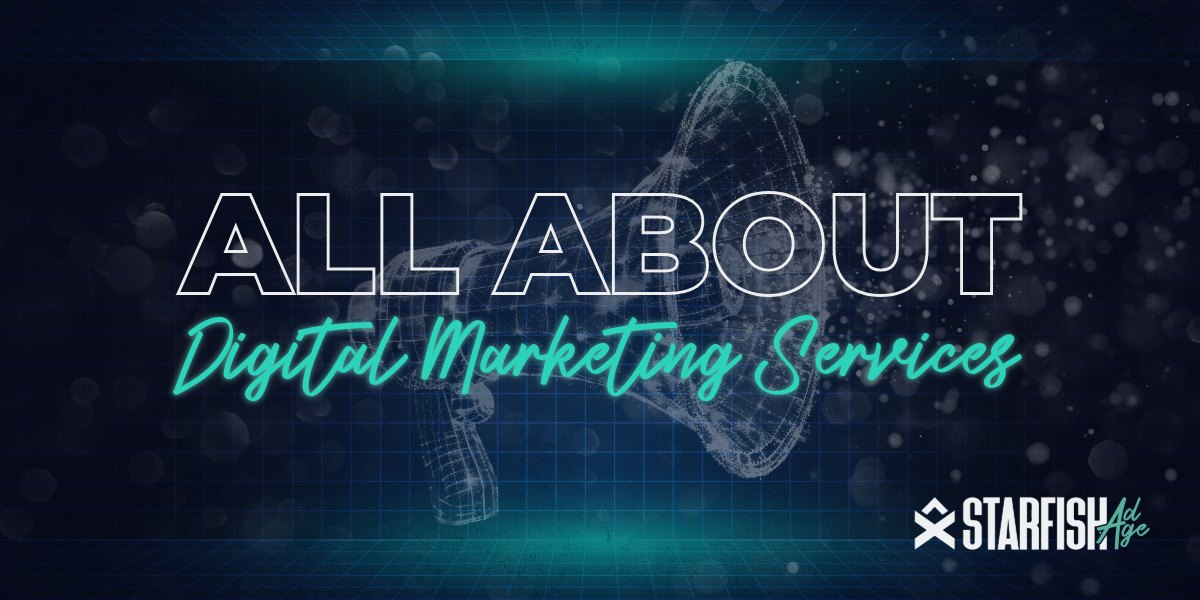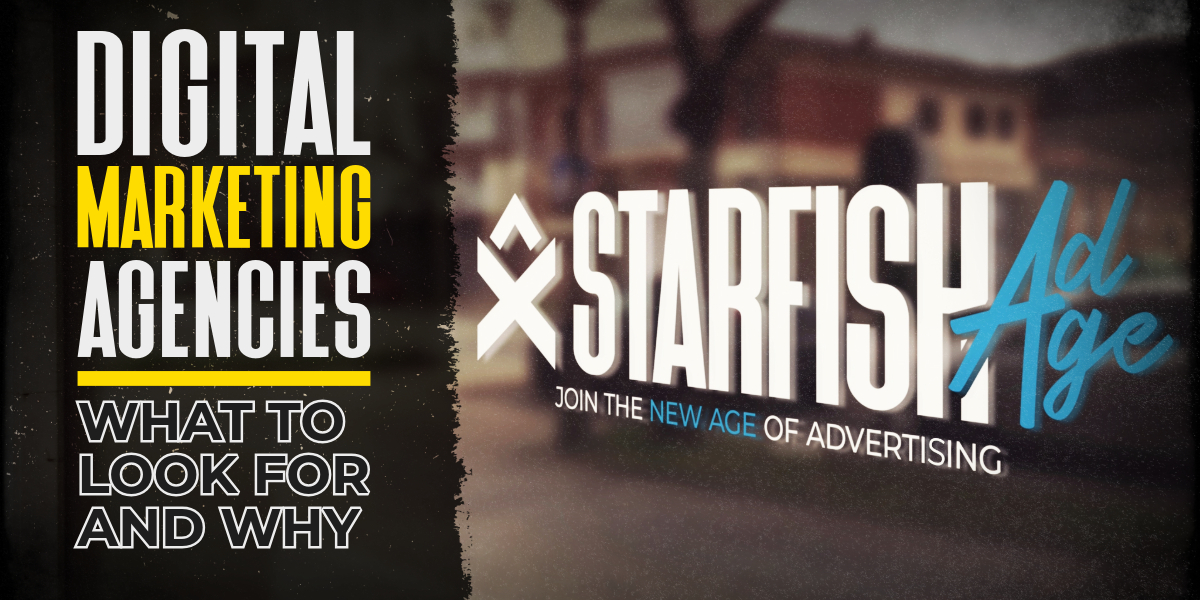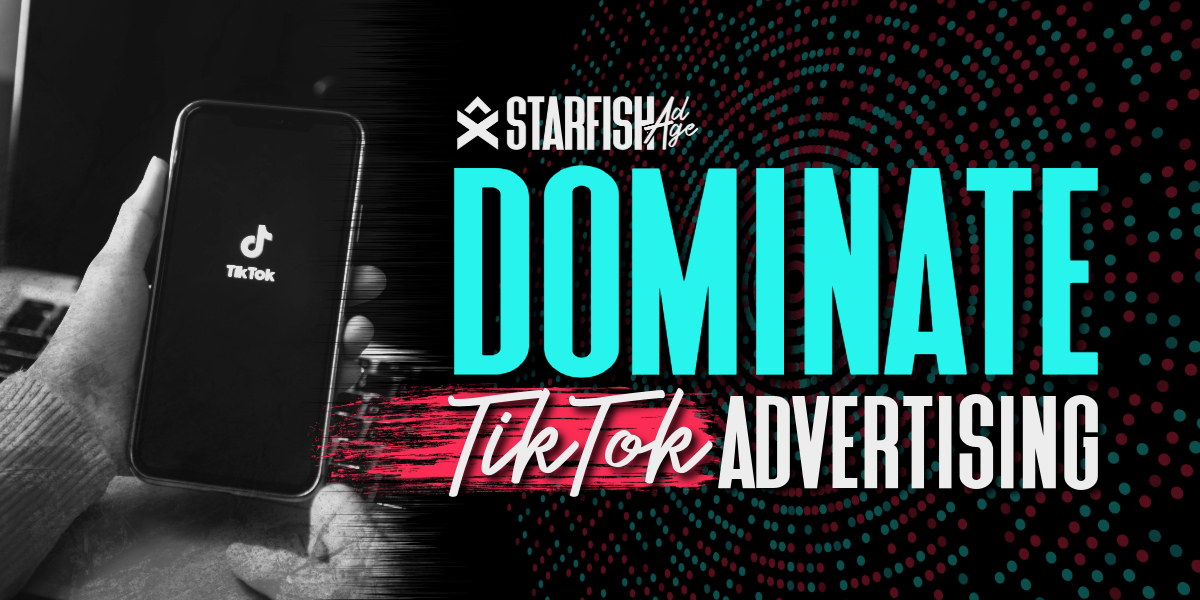
14 Digital Marketing Solutions to Grow Your Business
14 Essential Digital Marketing Solutions to Boost Your Business Growth

In the ever-changing world of digital advertising, marketers have new tools to leverage and help optimize their ad spend and deliver the right message to the right person at the right time. Programmatic advertising is one such tool that allows marketers to buy and sell advertisements programmatically and in real time. With so much noise around AI and machine learning, it’s easy for other important digital marketing innovations to slip under the radar. One of those innovations is Apple. Apple did not confirm that it intends to construct a DSP and did not give any more information about how this would fit into the broader strategy that the company has developed for its advertising business. A job posting, on the other hand, is an unmistakable indication of purpose on the part of a company that has given the impression (at least publicly) that developing advertising technology is the last thing it wanted to accomplish. After all, this is a firm with a business plan that is oriented against restricting advertising rather than welcoming it with open arms. Apple will be able to avoid leaking highly important data outside of its walled garden by having complete control over how and where the data is utilized because of the fact that it will have its very own DSP.
A demand-side platform (DSP) is a technology platform that enables advertisers to buy media online in real-time based on the parameters the advertiser wants to target. A DSP allows advertisers to manage their online advertising campaigns across a variety of digital advertising channels, including web, mobile, social media, and video by taking advantage of a large number of online advertising opportunities. DSPs offer sophisticated targeting capabilities, including demographics, geographic location, previous purchases, current site/app content, and external data, such as weather and sports scores. A DSP helps advertisers buy online media such as display ads, video ads, and search ads. The DSP uses these tools to find websites or apps that would be good places to show an ad. It can find these places by looking at what people are currently seeing in their browsers, apps, or on their TV screens. It can also find new places where ads could be shown. The DSP finds both the people who would see the ads and the websites and apps where the ads would be shown.
This is not a new strategy for Apple as data privacy and security have been top priorities for the company. This is particularly applicable to programmatic advertising, which is an inherently open exchange of data between publishers, exchanges, and advertisers, requiring data management that is centralized, but not in a way that would jeopardize customer data. As the leading provider of digital advertising, Google is the natural target for a DSP rollout given its wide-ranging position as a data intermediary and its dominance in programmatic. But Google’s position as a DSP is beset with several issues, including but not limited to, increased regulatory scrutiny of its data management practices, privacy concerns with its own data collection, and the recent $9.5 billion EU fine levied against the tech giant over its own data collection practices.
With the introduction of its own DSP, Apple has positioned itself as a more serious player in the programmatic space. This development will allow the tech giant to collect more data and better understand users’ behavior, which, in turn, will enable them to target their desired audience more effectively. At the same time, Apple’s move also represents a tactical shift in its overall strategy as the company will now be able to collect data and deliver targeted ads without having to rely on other companies. One tangible advantage that Apple’s entry into the DSP market will bring is the ease of integration with third-party platforms. This is important as the programmatic advertising landscape is vast and includes platforms for buying and selling media, data management tools, and inventory management systems. What advertiser wants to manually integrate with 15-20 different networks?
As the digital advertising landscape becomes more competitive, it will be interesting to see if Apple shifts its strategy from building a DSP to building a full-fledged ad network. A dedicated ad network would have many benefits for Apple as it would allow the company to control the entire value chain and maximize revenue. Apple already has a user base of over 1 billion people, and a dedicated ad network would allow the company to better understand customers’ behavior and collect their data without breaching privacy laws. The company could then use this data to target its desired audience more effectively. An ad network could also serve as a backup plan in case the company’s efforts with a DSP do not yield the expected results. Building an ad network from scratch will take time, but it is something that the company can do incrementally and in parallel to its DSP efforts.
The programmatic advertising landscape is a great place for brands to increase their ad spending. However, brands need to be better equipped to work with ad tech companies and utilize the benefits of programmatic advertising. To do so, brands first need to understand the basics of programmatic advertising and how it works. By assessing their current marketing mix, brands can then identify which channels they want to focus on and select the right ad creative that will resonate with their audience.

14 Essential Digital Marketing Solutions to Boost Your Business Growth

Learn about SEO, PPC, social media marketing, content marketing, and more to drive traffic and conversions. Read now!

Learn how to select the best digital marketing agency for your small business, the benefits of hiring an agency, and tips for maximizing your online presence.

Learn how to leverage TikTok advertising, ad formats, targeting options, and best practices to increase brand awareness, and drive sales.

Learn about Connected TV (CTV) ads, their benefits, and how they work. Understand programmatic CTV advertising for effective digital marketing campaigns.
All Rights Reserved | Starfish Ad Age LLC | 2023 | Privacy Policy